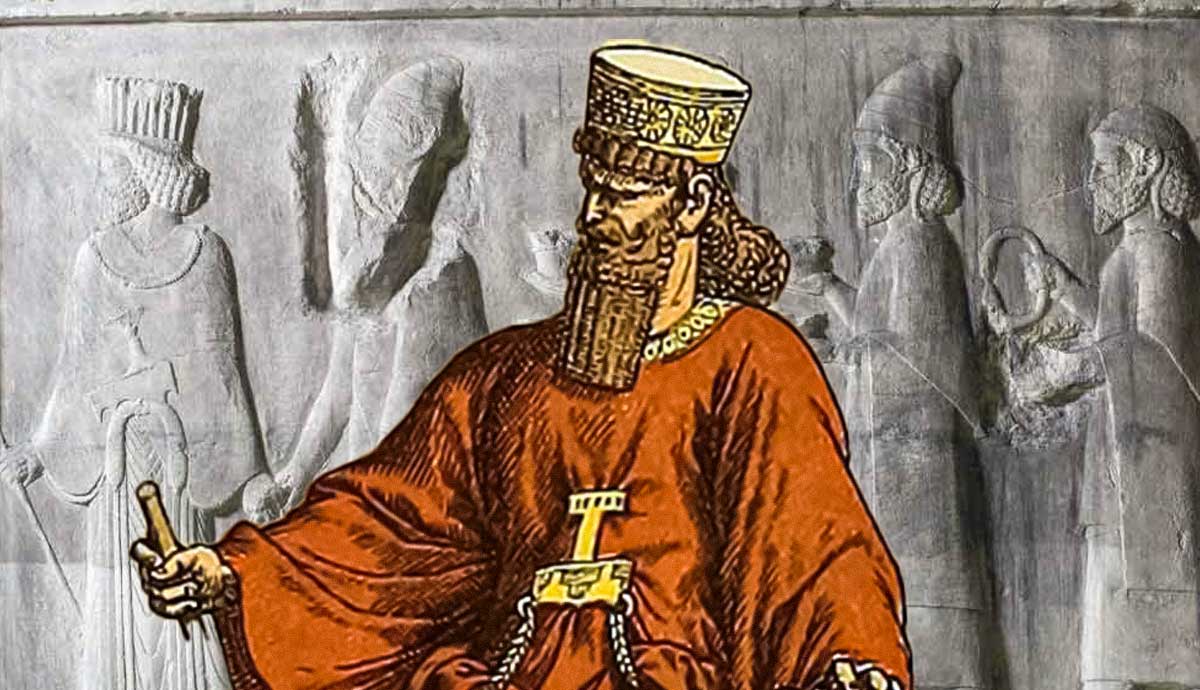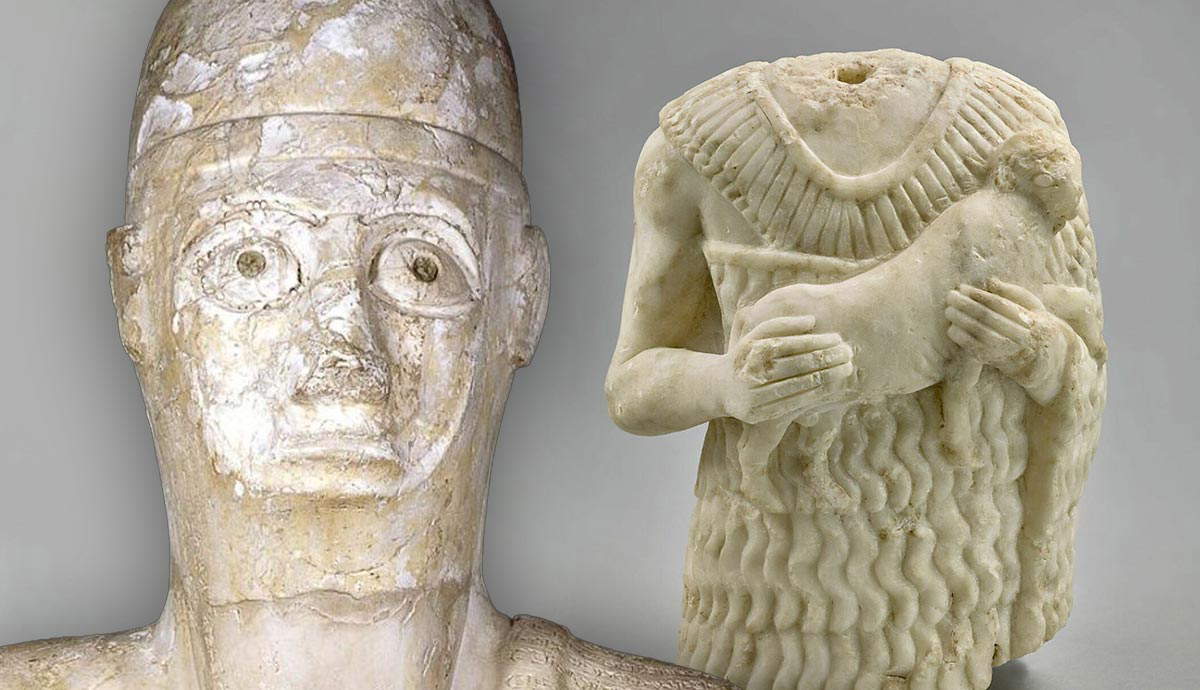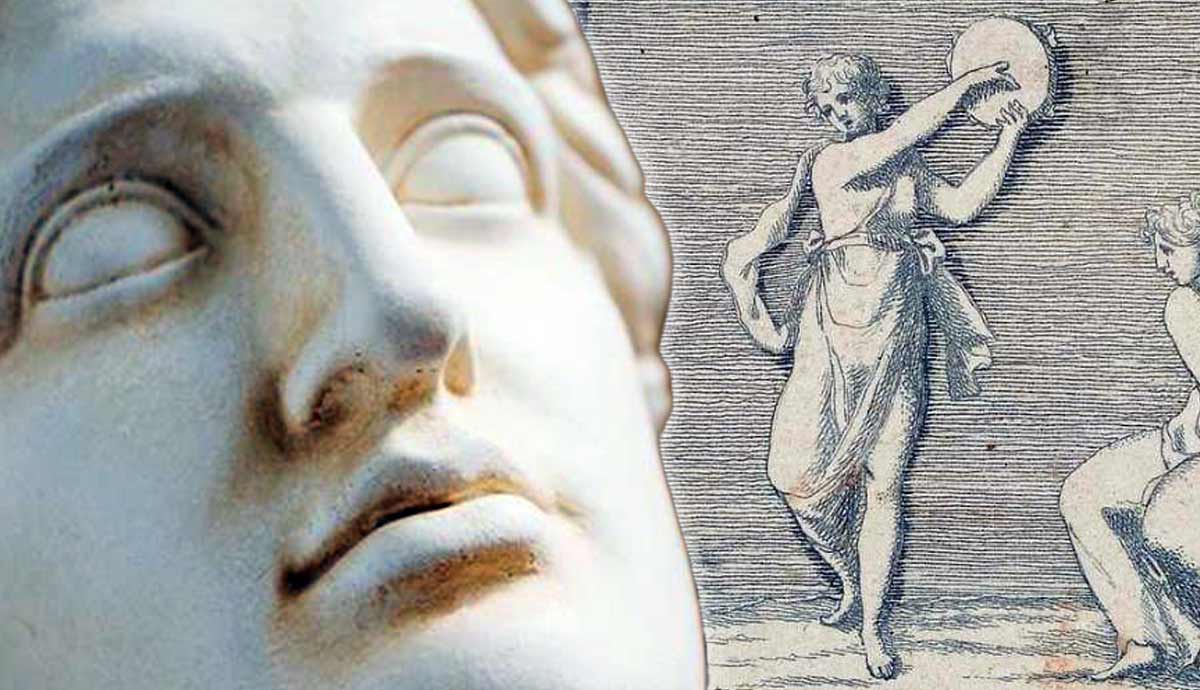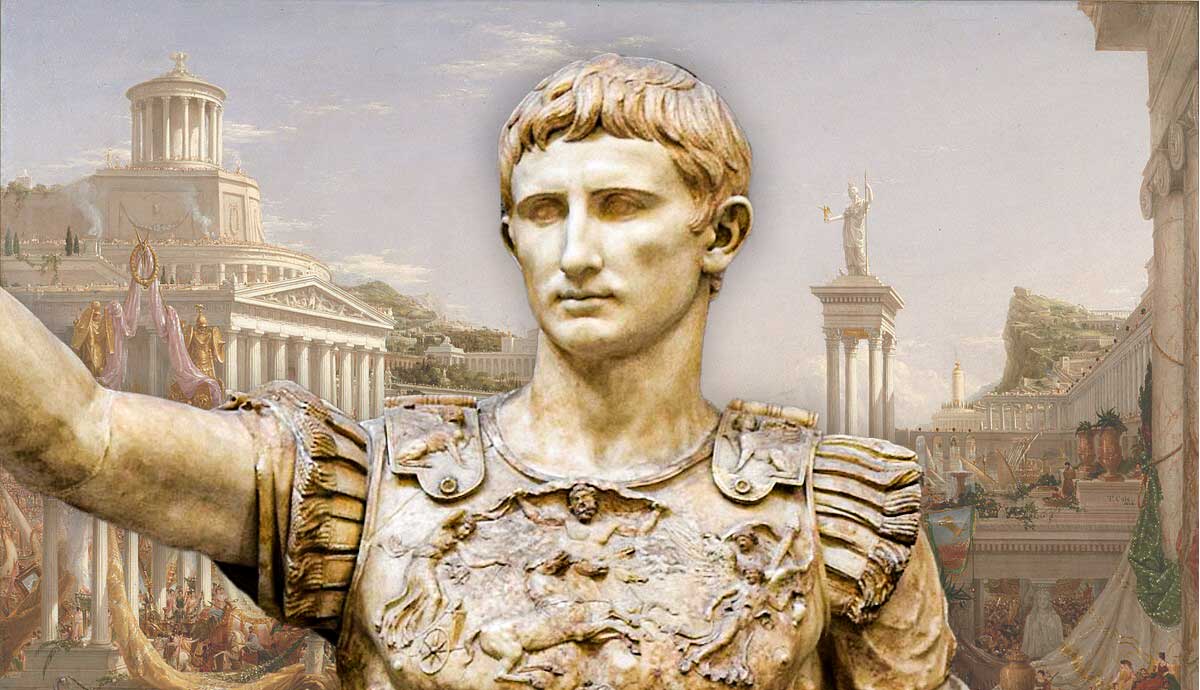
There is a common perception that science is a modern invention with roots in the ancient Greek world. While the Greeks pioneered the kind of theoretical thinking that characterizes modern science, before the Greeks, people used practical science. The ancient Egyptians developed mathematics, astronomy, engineering, and medicine. It enabled them to build their pyramids and temples, devise their calendars, and generally maintain their society. While many elements of ancient Egyptian science seem more like magic today, some aspects still make sense in the modern world.
Egyptian Mathematics

The first thing that a modern person will notice when looking at an ancient Egyptian ledger is how foreign it looks. The Egyptians did not use the modern Arabic numeral system or even the earlier Roman numeral system. The Egyptians used hieroglyphic characters to represent numbers.
The system used a combination of the decimal and the repetitive, so there were only symbols/numerals for 1, 10, 1,000, 10,000, 100,000, and 1,000,000. The numbers were written with the smallest to the largest number, but they could be written left to right or right to left, depending on the text. The Egyptians had no zero, although sometimes a scribe would leave a gap to denote null.
There are only four extant papyri recording Egyptian mathematics: the Moscow, Berlin, Kahun, and Rhind papyri. The Rhind Papyrus is the most commonly cited in modern publications.
The system was cumbersome yet simple. For addition, the scribe would simply add numerals after the others. Those who knew how to read the language would know where one number ended and another began. Multiplication was a bit more complex but still straightforward. Smaller numbers used a repetition format, while numbers above 10,000 used a system whereby the large number was written, and the multipliers were written below it. For example, if the number 100,000 was written above four ones, then it meant to multiply by four, giving 400,000.

The letter for the “r” sound, which was a human mouth character, was written above a numeral to indicate a fraction. For example, if the “r” letter was written above four ones, it represented 1/4. Division was achieved by reversing the multiplication process. The Egyptians also developed geometry and even determined the value of pi as 3.16 by squaring 8/9 of a diameter length. It is important to note that the Egyptians never developed theoretical math and used their math for practical concerns, including accounting, engineering, and currency.
Egyptian Astronomy

While the ancient Egyptians devoted less of their intellectual powers to astronomy than their contemporaries in Mesopotamia, they were still observers of the skies. The Egyptians sighted Ursa Major and Orion using an instrument known as a merkhet (“instrument of knowing”), which was similar to an astrolabe. They used the merkhet, along with a sighting tool made from the central rib of a palm leaf. These instruments allowed Egyptian scholars to align the Old Kingdom pyramids and sun-temples with the cardinal points.
The Egyptians often recorded their observations on painted coffins during the Middle Kingdom (c. 2055-1650 BCE) and Late Period (c. 664-332 BCE). These star charts are known as “star clocks” or “diagonal calendars” because they are arranged in 36 columns that list the 36 groups of stars into which they divided the night. The most important of the stars was Sirius, known by the Egyptians as “Sopdet.” Sirius/Sopdet was the brightest of all the stars, and its rising coincided with the annual inundation of the Nile in July. Egyptian scientists also recognized and named five planets by the time of the Middle Kingdom (c. 2055-1650 BCE): Jupiter, Mars, Mercury, Saturn, and Venus.
Egyptian Engineering

The ancient Egyptians are best known for their engineering practices, thanks to their enduring results. It is impossible to discuss Egyptian engineering without at least mentioning Imhotep, Egypt’s first known architect, engineer, and scientist. The ancient Egyptian written sources about Imhotep’s life and career are sparse, but it is known that he was the vizier to King Djoser (ruled c. 2667-2648 BCE). Viziers were extremely important in the Old Kingdom, as they were representatives of the kings in most government matters. Djoser obviously thought highly of Imhotep because, in addition to appointing him as vizier, Imhotep’s name was also inscribed on a statue of the king. Biographical inscriptions indicate that Imhotep was descended from a line of architects and engineers, and his descendants followed in his footsteps. But what makes Imhotep the most famous Egyptian engineer and scientist is his work on one particular pyramid.
Djoser tasked Imhotep with designing his pyramid. The engineer answered the call by inventing the predecessor of the true pyramid. Before Djoser, the kings of the 1st and 2nd dynasties were interred in what are known as mastabas, which is the Arabic word for “bench.” As the name indicates, mastabas were rectangular mud-brick tombs with a burial chamber underneath. Mastabas worked well for the first two dynasties, but Djoser wanted something grander to survive the test of time.

Instead of throwing the design of the mastaba out completely, Imhotep improved it by placing several successively smaller mastabas on top of each other. When it was completed, the Step Pyramid had six steps and towered 196 feet over the necropolis. The Step Pyramid is also important because it was built in stone, which would be more enduring than the mudbrick mastabas. The pyramid builders of the 4th dynasty improved on Imhotep’s idea and created the true pyramid, but it would not have been possible without Imhotep’s inspiration.
In addition to his engineering activities, Imhotep has also been credited as a physician. Many of these claims were made in Egyptian texts from the Middle Kingdom through the Late Period, long after the scientist had died. It is possible the skill was applied to him retrospectively as the ultimate scientist. However, many Egyptologists believe there is a credible argument that Imhotep was a physician based on the Edwin Smith Papyrus.
Ancient Egyptian Medicine

Modern Egyptologists know about ancient Egyptian medical practices through more than a dozen surviving medical papyri. The extremely important Edwin Smith Papyrus is named for the man who purchased it in 1862, Edwin Smith. The papyrus is important because it has almost no magic in it, which is unusual because magic and medicine were intimately connected in ancient Egypt. Instead, it follows rational, scientific thought. The Edwin Smith Papyrus has been dated to the early New Kingdom, or about 1550 BCE. However, many Egyptologists have argued that the vocabulary and grammar indicate it was based on an Old Kingdom original. If this is true, then Imhotep may have been the original author.

When all extant medical papyri are considered collectively, there are a few important factors to consider. First, the Edwin Smith Papyrus is the oldest, while the London and Leiden papyri are the latest, dated to about 250 CE. This is important because, by that time, Egypt had been ruled by the Greeks and then the Romans for over 500 years. Certainly, the scribes who wrote those papyri were familiar with Greco-Roman theories and methodologies. It is also notable that many of the papyri concern general medical knowledge, but a few are specialized. For example, the Kahun Papyrus focuses on gynecological medicine, the Brooklyn Papyrus is mainly about snake bites, and the London Papyrus is primarily magical. It is important to note that the most educated Egyptians usually filled a number of different roles, with religious priests always being among them.

Thanks to the mummification process, the Egyptians had a better image of human anatomy than their contemporaries in Mesopotamia. They named most of the internal organs. During mummification, they removed the lungs, liver, stomach, and intestines, preserving them in canopic jars. The heart and kidneys were left intact and the brain was removed through the nose with a special instrument. Interestingly, it appears that the Egyptians did not quite understand the function of the human brain other than that trauma to it could cause death.
Egyptian Pharmacology

Because the Egyptians had not yet developed the concept of etiology or cause-and-effect diagnosis, prescriptions were used to treat symptoms rather than underlying causes. Most prescriptions were derived from one or a combination of three sources: mineral, animal, and vegetable.
Natron, a mineral commonly used in the mummification process to desiccate the body, was also used topically to draw puss from a wound. Animal products included urine and dung, which were also usually administered topically. Finally, vegetable products, including emmer, hemp, and castor oil, were taken orally. The efficacy of many of these prescriptions was questionable at best, but some pain relief remedies employed legitimate drugs.
The Ebers Papyrus mentions a possible opioid prescription as a remedy for a crying child. The prescription specifically states: “Remedy for driving out ‘much crying’: shepen of shepen, flies’ excrement which is on the wall, make into one thing, mash and eat for four days. It stops immediately.”
It has been proposed that shepen is the ancient Egyptian word for the opium poppy, but not all scholars agree. Other possible narcotics the Egyptians used were cannabis (shemshemet), which was used for ropemaking and also possibly for pain relief. The Egyptians also used mandrake and possibly nymphaea.
Medical Procedures

Many Egyptian medical papyri focus on gynecological medicine, including procedures and prescriptions. The texts reveal an interesting combination of fairly sophisticated biological knowledge and a lack of understanding of how to treat ailments. For example, the Ebers Papyrus accurately describes amenorrhea (the absence of menstruation) but fails to give a proper prescription.
“If you examine a woman who was spent many years without her menstruation (hesmen) coming. She spits out something like hebed. Her belly is like that which is on fire. It ceases when she has vomited. Then you shall say concerning it/her: It is a raising up (Akhet) of blood in her uterus.”
The remedy was for the patient to drink an innocuous liquid concoction for four days. Although the prescription may have done little good, the passage demonstrates that the Egyptians did have an advanced understanding of human biology. The Egyptians also used their knowledge of human biology to conduct surgery.

Fractures are commonly attested in many Egyptian medical papyri. It was common for men doing manual labor on pyramids, temples, and monuments to suffer fractures. This gave Egyptian physicians plenty of practice. The Edwin Smith Papyrus describes simple fractures as “heseb,” and offers a number of descriptions of how to fix them. A detailed passage accurately describes how a fracture of the clavicle should be treated.
“You should place him prostrate [on his back], [with] something folded which is in [between] his two shoulder blades. You should spread out his two shoulders in order to stretch apart (dewen) his two clavicles until that heseb-fracture falls into its place. You should then make for him to splints (sesh) of linen, and place them, one of them to the inside of his upper arm, and the other to the under side of his upper arm. You should bind it with imru and treat him afterwards with honey every day until he recovers.”

The Egyptian medical papyri covered all of the above matters, as well as treatments for burns, animal bites and stings, and dentistry. However, the archaeological record is a bit lacking. To date, no examples of tools used specifically for surgery or other medical procedures have been identified.
Egyptian science was multi-faceted, often effective, and always practical. Although the Egyptians did not delve into theoretical science, what they developed met their needs, whether it was mathematics, astronomy, engineering, or medicine.










